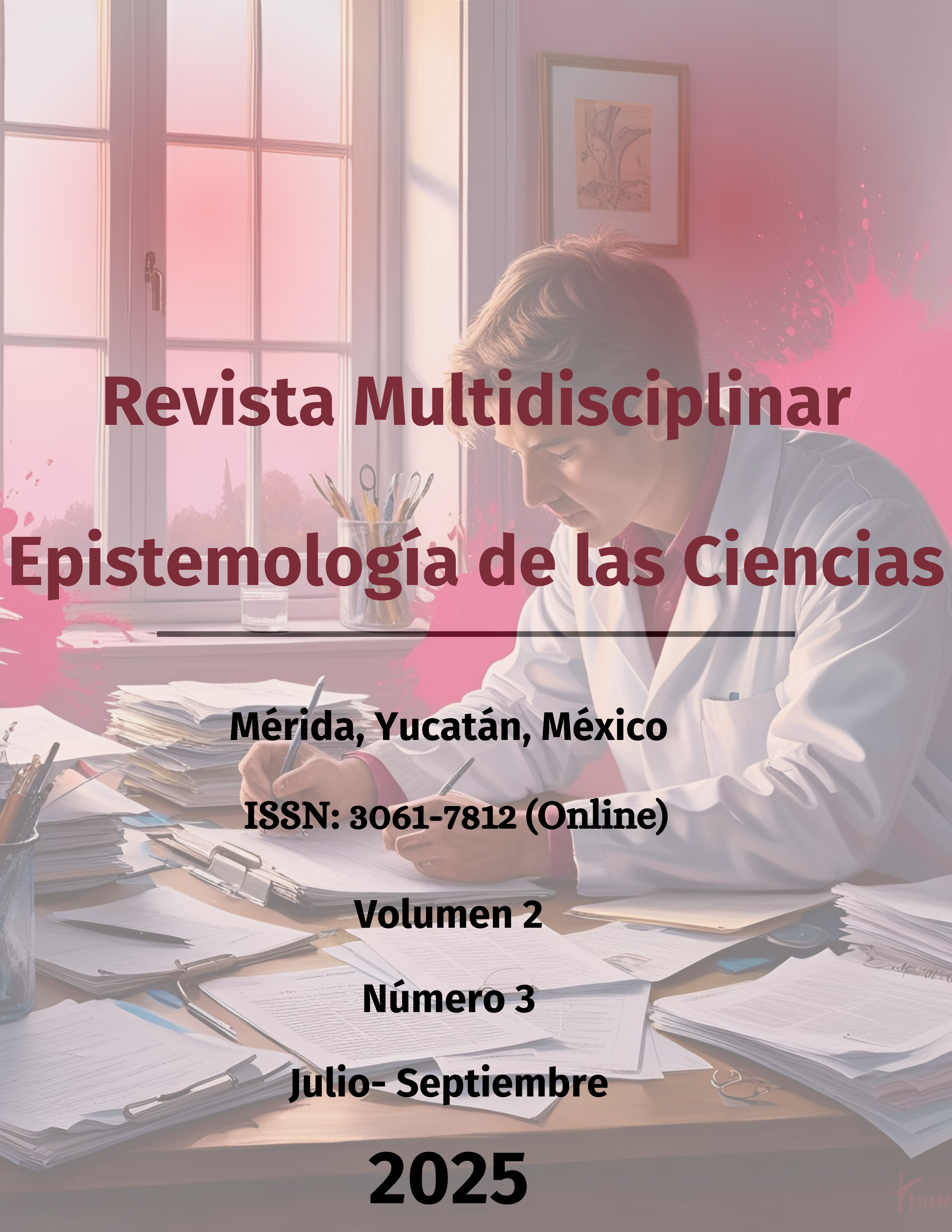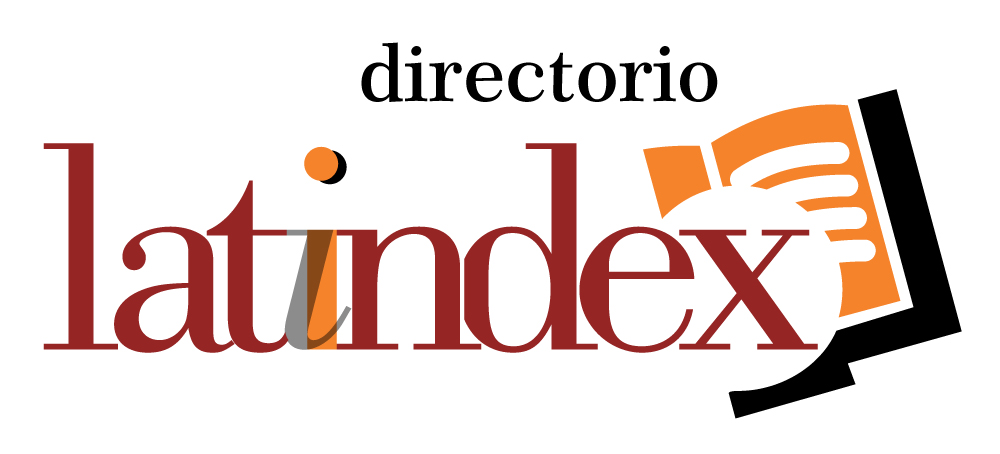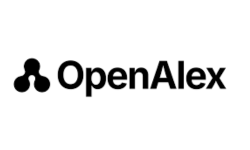From doubt to decision public reports and the building of trustworthy markets
DOI:
https://doi.org/10.71112/tq8c0p08Keywords:
trust, asymmetry, certifications, transparency, institutionalAbstract
Consumer trust is the main element of efficient market operation, especially in the context where information about products is asymmetric and consumers cannot fully verify the properties of goods before purchasing. In this scenario, products in products, such as certifications, quality reports and evaluations from independent organizations, play a key role as signaling mechanisms that help reduce uncertainty and facilitate informed purchasing decisions. The literature has shown that the reliability and transparency of these messages can directly affect the level of consumer trust placed in both the products and the institutions responsible for regulating them. However, the effectiveness of these public reports is not homogeneous and can be influenced by sociodemographic factors, past experience, risk perception and institutional context in which they are placed. In countries with institutional insufficiency or a history of corruption, they can destroy trust in public control systems by reducing consumer action to pay for differentiated products or with quality attributes that are not directly observed. Therefore, it is important to understand the role of public reporting on consumer trust in the development of public policies and business strategies aimed at strengthening more transparent and efficient markets.
Downloads
References
Abundis, E. (2020). El índice de confianza del consumidor como predictor de la actividad económica. Revista de Economía Aplicada, 28(83), 1-25. https://www.redalyc.org/journal/7077/707777596003/html/
Acuña, G. (2017). Assessing the predictive power of the consumer perception index (MPRA Paper No. 83154). https://mpra.ub.uni-muenchen.de/83154/1/MPRA_paper_83154.pdf
Alkhattabi, M., Neagu, D., & Cullen, A. (2011). Assessing information quality of e-learning systems: A web mining approach. Computers in Human Behavior, 27(2), 862-873. https://www.sciencedirect.com/science/article/abs/pii/S0747563210003547 DOI: https://doi.org/10.1016/j.chb.2010.11.011
Arazy, O., & Kopak, R. (2011). On the measurability of information quality. Journal of the American Society for Information Science and Technology, 62(1), 89-99. https://doi.org/10.1002/asi.21447 DOI: https://doi.org/10.1002/asi.21447
Ba, S., & Pavlou, P. A. (2002). Evidence of the effect of trust building technology in electronic markets: Price premiums and buyer behavior. MIS Quarterly, 26(3), 243-268. https://doi.org/10.2307/4132332 DOI: https://doi.org/10.2307/4132332
Banco Central del Ecuador. (2025). Índice de Confianza del Consumidor. https://contenido.bce.fin.ec/documentos/PublicacionesNotas/Catalogo/IEMensual/Indices/m2076022025.html
Berry, L. L., & Parasuraman, A. (1997). Listening to the customer—The concept of a service-quality information system. Sloan Management Review, 38(3), 65-76. https://sloanreview.mit.edu/article/listening-to-the-customer-the-concept-of-a-servicequality-information-system/
Cheung, C. M. K., & Thadani, D. R. (2012). The impact of electronic word-of-mouth communication: A literature analysis and integrative model. Decision Support Systems, 54(1), 461-470. https://doi.org/10.1016/j.dss.2012.06.008 DOI: https://doi.org/10.1016/j.dss.2012.06.008
Chevalier, J. A., & Mayzlin, D. (2006). The effect of word of mouth on sales: Online book reviews. Journal of Marketing Research, 43(3), 345-354. https://doi.org/10.1509/jmkr.43.3.345 DOI: https://doi.org/10.1509/jmkr.43.3.345
Consejo de Transparencia y Buen Gobierno (España). (2019). Encuesta sobre valoración de la información pública sujeta a transparencia: Informe de resultados. https://consejodetransparencia.es/dam/jcr:99b75a0b-327b-4f7d-82bb-cca7c4ef3abd/Informerresultados.pdf
Delgado, G., & Salazar, M. (2021). La importancia de los estados financieros en la toma de decisiones. Dialnet. https://dialnet.unirioja.es/descarga/articulo/8637895.pdf
DSpace ESPOL. (2024). Un análisis para Ecuador: Índice de confianza del consumidor. Escuela Superior Politécnica del Litoral. https://dspace.espol.edu.ec/retrieve/135640/D-CD353.pdf
Espinosa Mora, K. I. (2017). Influencia de la marca “Hecho en Ecuador” en la decisión de compra de los consumidores guayaquileños [Tesis de grado, Universidad Politécnica Salesiana]. https://dspace.ups.edu.ec/handle/123456789/15573
European Journal of Marketing. (2018). Transparency and consumer trust: The role of public product reports in shaping perceptions and behaviors. European Journal of Marketing, 52(5/6), 1103-1125.
FasterCapital. (2025). El impacto de la transparencia en el comportamiento del consumidor. Investigación de la verdad: El poder de la transparencia en la divulgación. https://fastercapital.com/es/tema/el-impacto-de-la-transparencia-en-el-comportamiento-del-consumidor.html
Gefen, D., Karahanna, E., & Straub, D. W. (2003). Trust and TAM in online shopping: An integrated model. MIS Quarterly, 27(1), 51-90. https://doi.org/10.2307/30036519 DOI: https://doi.org/10.2307/30036519
Hajek, P., Henriques, R., & Castro, A. (2020). The influence of online consumer reviews on purchase intention: The moderating role of perceived risk. Journal of Business Research, 120, 383-392.
High Results. (2025). Transparencia y comunicación en asuntos públicos: Estrategias para fortalecer la confianza y la reputación empresarial. https://highresults.co/https-highresults-co-transparencia-y-comunicacion-en-asuntos-publicos/
Instituto Nacional de Estadística y Geografía (INEGI). (2021). Encuesta Nacional sobre Confianza del Consumidor Ampliada 2021: Diseño conceptual. https://www.inegi.org.mx/contenidos/productos/prod_serv/contenidos/espanol/bvinegi/productos/nueva_estruc/889463903420.pdf
Jara, M. (2015). Índice de confianza del consumidor: metodología y aplicaciones. Revista de Economía Latinoamericana, 23(4), 55-72.
https://repositorioacademico.upc.edu.pe/handle/10757/656530
Matsusaka, J. G., & Sbordone, A. M. (1995). Consumer confidence and economic fluctuations. Economic Inquiry, 33(2), 296-318. https://doi.org/10.1111/j.1465-7295.1995.tb01864.x DOI: https://doi.org/10.1111/j.1465-7295.1995.tb01864.x
McKnight, D. H., Choudhury, V., & Kacmar, C. (2002). Developing and validating trust measures for e-commerce: An integrative typology. Information Systems Research, 13(3), 334-359. https://doi.org/10.1287/isre.13.3.334.81 DOI: https://doi.org/10.1287/isre.13.3.334.81
Minshkin, J. (1978). The relationship between consumer confidence and household spending. Brookings Papers on Economic Activity, 1978(1), 141-183. DOI: https://doi.org/10.2307/2534366
https://www.proquest.com/openview/aa2b4e04342b60805bc8d2b9c2c0fa43/1?pq-origsite=gscholar&cbl=18750
Moreira, J., & Gordillo, L. (2024). El ingreso y los determinantes del índice de confianza del consumidor: un análisis para Ecuador. http://www.dspace.espol.edu.ec/xmlui/handle/123456789/49644
NIQ Monitor. (2025). Consumo masivo y tendencias de compra en Ecuador.
Observatorio UNR. (s.f.). Índice de confianza del consumidor. Universidad Nacional de Rosario. https://observatorio.unr.edu.ar/indice-de-confianza-del-consumidor/
Observatorio UNR. (s.f.). Índice de confianza del consumidor. Universidad Nacional de Rosario. https://observatorio.unr.edu.ar/indice-de-confianza-del-consumidor/
Ortigosa Hernández, M. (2025). Medición integral para establecer la confianza del consumidor en México a través de un sistema de lógica difusa. Revista de Métodos Cuantitativos para la Economía y la Empresa, (39), 1-22. https://doi.org/10.46661/rev.metodoscuant.econ.empresa.8771 DOI: https://doi.org/10.46661/rev.metodoscuant.econ.empresa.8771
Pavlou, P. A., & Gefen, D. (2004). Building effective online marketplaces with institution-based trust. Information Systems Research, 15(1), 37-59. https://doi.org/10.1287/isre.1040.0015 DOI: https://doi.org/10.1287/isre.1040.0015
Rodríguez, L. (2012). Factores psicológicos en la toma de decisiones del consumidor. Psicología y Sociedad, 24(2), 115-129.
https://dialnet.unirioja.es/servlet/articulo?codigo=6456337
Short, J. (2012). The influence of social media reviews on consumer trust and purchase intention. Journal of Retailing and Consumer Services, 19(6), 586-594.
https://www.preprints.org/frontend/manuscript/b97e4f3ec624d50943bb0fb7606286e0/download_pub
Yaari, E., Baruchson-Arbib, S., & Bar-Ilan, J. (2011). Information quality assessment of community generated content: A user study of Wikipedia. Information Research, 16(3), 484. https://doi.org/10.1177/0165551511416065 DOI: https://doi.org/10.1177/0165551511416065
Zhang, K. Z. K., Zhao, S. J., Cheung, C. M. K., & Lee, M. K. O. (2014). Examining the influence of online reviews on consumers’ decision-making: A heuristic–systematic model. Decision Support Systems, 67, 78-8 DOI: https://doi.org/10.1016/j.dss.2014.08.005
Downloads
Published
Issue
Section
License
Copyright (c) 2025 Multidisciplinary Journal Epistemology of the Sciences

This work is licensed under a Creative Commons Attribution 4.0 International License.











